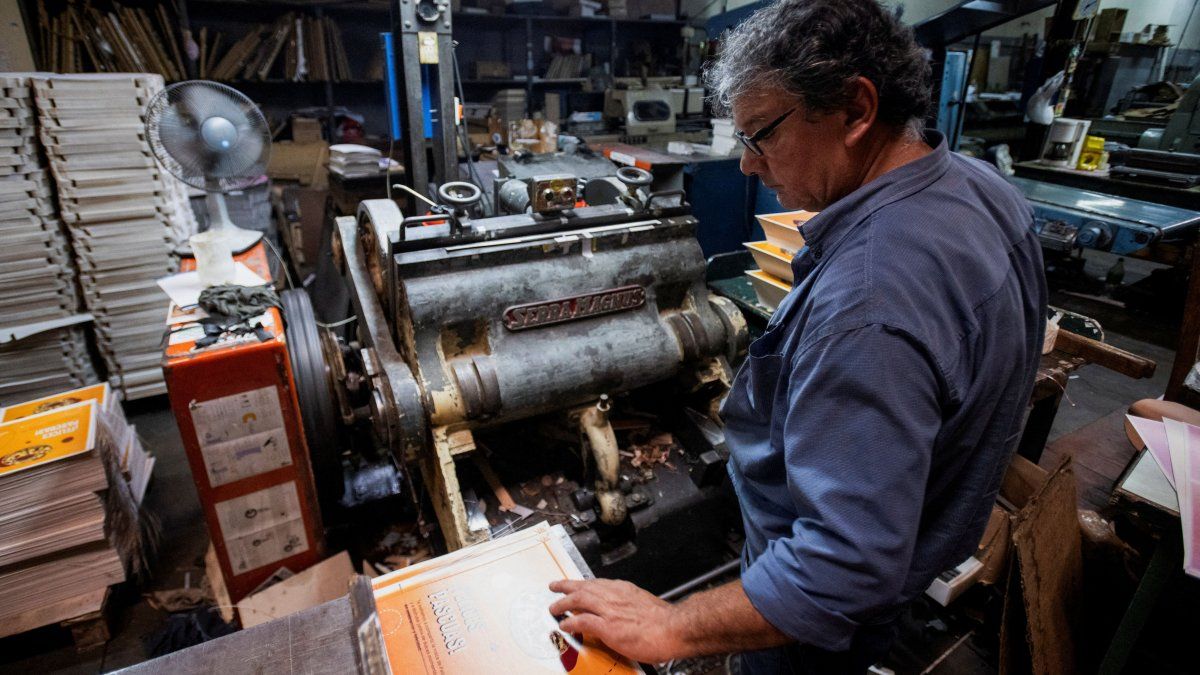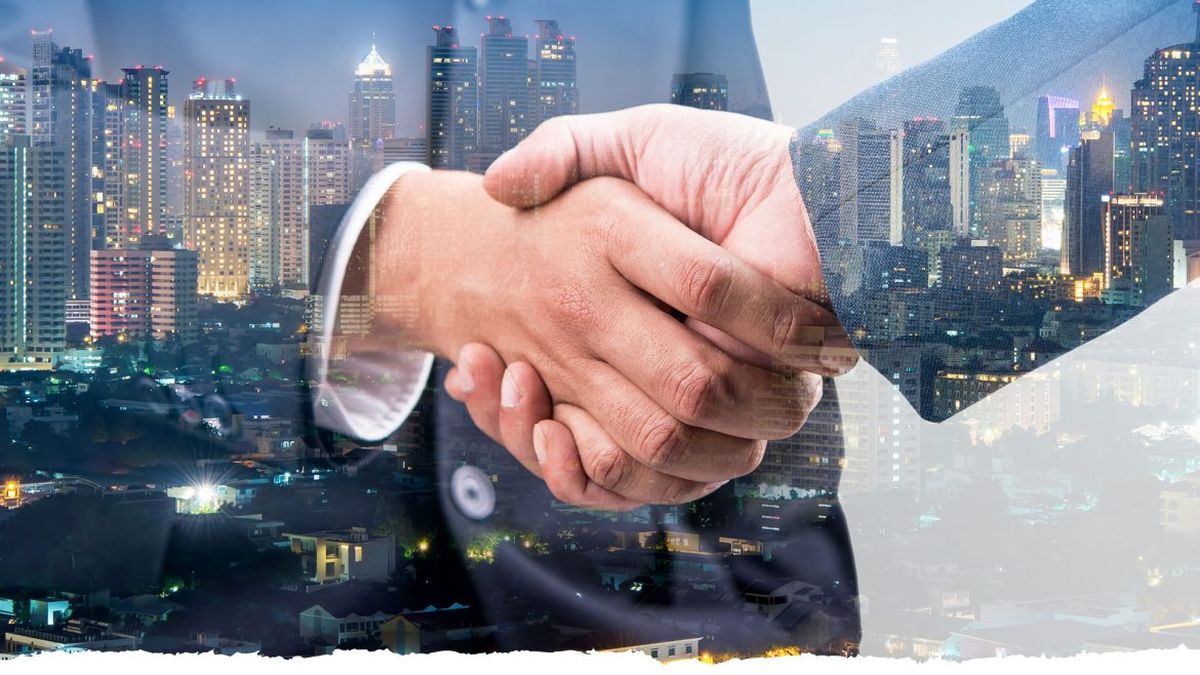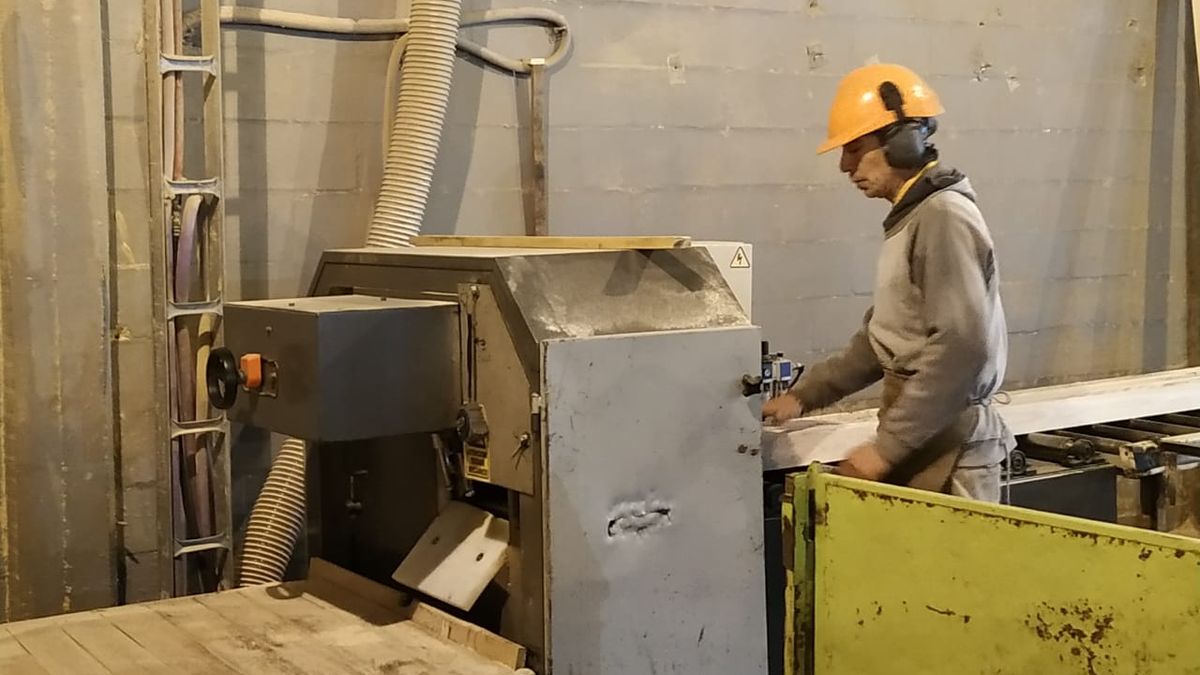In this framework, the Argentine Institute of Fiscal Analysis (IARAF) revealed that an average SME must face, throughout the year, the payment of 39 taxes: 20 national, 8 provincial and 11 municipal, in addition to complying with 30 perception, retention and information regimes.
“The tax framework of an SME presents a high level of complexity and a significant amount of tax obligations,” highlighted the IARAF report, which took as reference a model company established as an SRL. This company has its own establishment, basic services such as telephone , internet, electricity, water and natural gas; three vehicles that it renews annually with 0 km models; and employees in a dependency relationship.
In addition, it has electronic equipment such as notebooks and cell phones for its activities (replacing one of them every year), uses imported inputs for production, part of which are destined for export, and carries out at least one annual administrative procedure at the provincial and municipal level. .
Taxes: detail by activity
According to the IARAF, an SME must face multiple taxes depending on its activity. For the purchase of inputs, you pay the Value Added Tax (VAT), Gross Income (IIBB), the Safety and Hygiene Tax (TISH) and the tax on bank Credits and Debits.
In the case of purchases abroad, the Import Duties, the Statistical Rate and the COUNTRY Tax are added. However, the 95% advance payment associated with the latter will no longer be in force as of December 22, as established by law and the Government’s commitment not to renew it.
If the final product is marketed in Argentina, it is subject to VAT.Gross Income (IIBB), the Safety and Hygiene Tax (TISH) and the tax on bank Credits and Debits. On the other hand, if it is destined for export, it is subject to export duties, one of the three taxes that the Minister of Economy, Luis Caputo, has promised to eliminate as long as the fiscal surplus is maintained.
Taxes on SMEs: taxes on services
In the case of internet services, VAT, IIBB, TISH, Credits and Debits, the Universal Service Trust Fund and the control, inspection and verification rate are applied. For mobile telephony, in addition to these taxes, The structure inspection fee and the subscriber fee are added.
For electricity service, VAT, IIBB, TISH, Credits and Debits, provincial energy development fund and street lighting tax are paid. For its part, the same taxes are included in gas, along with the Trust Fund for Residential Gas Consumption in Cold Areas, the provincial fund on public services and the occupancy rate for public spaces.
For the water service, VAT, the Safety and Hygiene Tax (TISH), the tax on Credits and Debits, the financing rate of the regulatory entity and a contribution destined to the financing of the sanitary infrastructure are applied.
As for the administrative procedures carried out at the provincial and municipal level, The Institute chose to group them into a general category, given the multiplicity of existing rates depending on the jurisdiction.
SMEs industry
According to the IARAF, an SME must face multiple taxes depending on its activity.
Taxes on SMEs: other taxes
In the case of the advertising posters, the right of publicity and propaganda applies. The Provincial Real Estate Tax and the Municipal Real Estate Tax correspond to the ownership of the property where the factory is located.
Finally, for the fleet of vehicles, the Provincial Automotive Tax, the Municipal Automotive Tax and the right to technical vehicle inspection must be paid.
The use of vehicles includes the payment of automobile insurance, which is taxed with VAT, Gross Income (IIBB), the Safety and Hygiene Tax (TISH), the tax on Credits and Debits and the National Insurance Tax. In addition, fuel is covered by these same taxes, added to the Carbon Dioxide Tax and the Tax on Liquid Fuels.
Renovation and acquisition of goods
When the SME acquires or renews a vehicle, an operation that is carried out once a year, it must pay VAT, IIBB, TISH, Credits and Debits, the Internal Tax on Automobiles, Motorcycles and Boats, the initial national registration and the Tax on Vehicles. Stamps.
For updating devices such as cell phones or notebooks, VAT, IIBB, TISH and Credits and Debits also apply. However, there is a difference: in the case of cell phones, the Internal Tax on Cellular Telephony is added, while for notebooks the Internal Tax on Electronic Products applies.
Labor and banking obligations
In banking operations, SMEs are subject to the Credit and Debit tax. On the other hand, they must comply with employer contributions for their employees and, in the case of owners, make contributions to the Self-Employed Workers Regime. Finally, they must pay the Income Tax corresponding to companies.
Source: Ambito
I am an author and journalist who has worked in the entertainment industry for over a decade. I currently work as a news editor at a major news website, and my focus is on covering the latest trends in entertainment. I also write occasional pieces for other outlets, and have authored two books about the entertainment industry.




